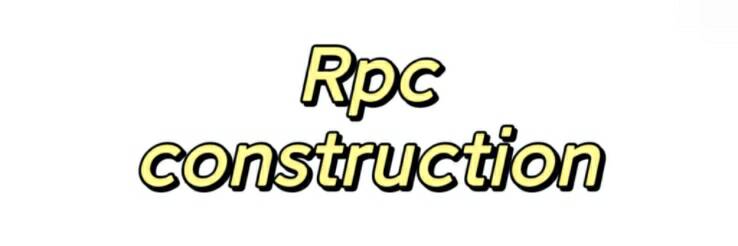Understanding Adhesive Backed Fiberglass Mesh Cost in 2024
As the construction and renovation sector continues to evolve in 2024, adhesive backed fiberglass mesh remains a popular choice among professionals and DIY enthusiasts alike. But as with any building material, understanding the cost implications is key to effective budgeting and project management. This blog dives into the factors influencing the price of adhesive backed fiberglass mesh, along with practical insights to help you make informed decisions.
The Basics of Adhesive Backed Fiberglass Mesh
Adhesive backed fiberglass mesh is primarily used for strengthening structures and ensuring proper reinforcement in various applications, including drywall joints, concrete repairs, and plastering. The mesh is known for its excellent tensile strength, resistance to cracking, and ability to accommodate building movement—a trifecta that ensures durability and longevity in both residential and commercial settings.
One of the significant advantages of adhesive backed fiberglass mesh is its ease of installation. The adhesive backing eliminates the need for additional bonding agents or tools, making it an accessible option for those who prefer a do-it-yourself approach. However, while installation may be simple, the costs associated with purchasing the material can vary widely, depending on a plethora of factors.
Factors Affecting Cost
Several key determinants of the price for adhesive backed fiberglass mesh should be considered as you plan your purchase:
1. Quantity
The volume of mesh required for your specific project will significantly influence the overall cost. Most retailers offer bulk discounts, meaning the more you buy, the less you pay per square foot. If you’re working on a large project—such as a renovation or a new build—consider purchasing in bulk to save money in the long run.
2. Mesh Specifications
Not all fiberglass meshes are created equal. Specifications such as mesh size, thickness, and adhesive quality can all affect pricing. A finer mesh may be more expensive but will provide enhanced reinforcement for better durability. On the other hand, thicker options designed for heavy-duty applications will command higher prices due to their robustness and increased material costs.
3. Brand Reputation
Brand loyalty and reputation can play a significant role in pricing. Established brands that have a track record for quality might charge more than generic or lesser-known brands. It’s essential to consider that while you may find lower-cost options, they may not always deliver reliable performance. Investing in reputable brands often results in better longevity and reduced future costs related to repairs.
4. Region and Availability
Your geographic location can also impact pricing due to local market variations and shipping costs. In areas where the mesh is readily available, prices can be competitive. Conversely, if you live in remote locations or places with limited availability, be prepared to pay premium prices to cover shipping and logistics.
5. Additional Product Features
Some adhesive backed fiberglass meshes come with added features such as antibacterial coatings or UV resistance. These enhanced accolades typically come at a premium but may provide additional value depending on your specific application needs. It’s worth weighing the benefits against the costs to determine whether these enhancements align with your project requirements.
Cost Estimates for 2024
While it’s challenging to provide exact numbers due to the dynamic nature of the market, here are some estimated price ranges for adhesive backed fiberglass mesh in 2024:
- Budget Range: $0.25 to $0.50 per square foot for generic meshes.
- Mid-Range: $0.50 to $1.00 per square foot for trusted brands with standard quality.
- Premium Range: $1.00 to $2.00 or more per square foot for high-performance or specialized mesh products.
Keep in mind that these ranges can fluctuate with market changes, manufacturing costs, and demand. Therefore, always conduct thorough price comparisons and negotiate with suppliers whenever possible to secure the best deal.
Maximizing Value in Your Purchase
As a savvy buyer, there are several strategies you can implement to ensure you're getting the best value for your money:
- Research and Compare: Don’t settle for the first option you find. Take the time to research different brands and suppliers, and compare prices.
- Buy in Bulk: As mentioned earlier, purchasing larger quantities can drastically reduce the cost per unit.
- Consider Multi-Purpose Use: Think about other projects you might undertake—buying a slightly larger quantity can save you costs in the future.
- Consult Professionals: If you're unsure about the specific mesh needed for your project, consider consulting a construction professional or acquaintance who has experience with adhesive backed fiberglass mesh. Their expertise can guide you towards making informed decisions that save you both time and money.
Final Thoughts
Understanding adhesive backed fiberglass mesh costs in 2024 requires a thorough examination of various factors influencing pricing. Whether you're a professional contractor or a DIY homeowner, taking the time to research, compare costs, and choose wisely can lead to successful outcomes in your projects. Remember, investing in quality materials today can pay dividends in future durability and performance, ensuring that your structures stand the test of time.
Contact us to discuss your requirements of adhesive backed fiberglass mesh supplier, Wholesale fire retardant mesh fabric. Our experienced sales team can help you identify the options that best suit your needs.

